With the release of Ryzen second-generation CPUs and X470 chipsets, AMD unveiled a new hybrid storage solution called StoreMI, that may just put an end to choosing speed or size when it comes to your data storage.

When it comes to storage, there seems to be a constantly sliding scale between capacity, performance, and price. This has become more drastic ever since the introduction of consumer-level Solid State Drives. In capacities up to 2TB, they are beginning to hold enough data to keep most people happy, but at prices few can afford, with SATA drives hovering around $450, and nVME starting at $800. Compare this to 10TB mechanical drives starting as low as $310, or even 4TB drives for under $100.
You can start to see how difficult prioritizing your storage needs can be in the current market.
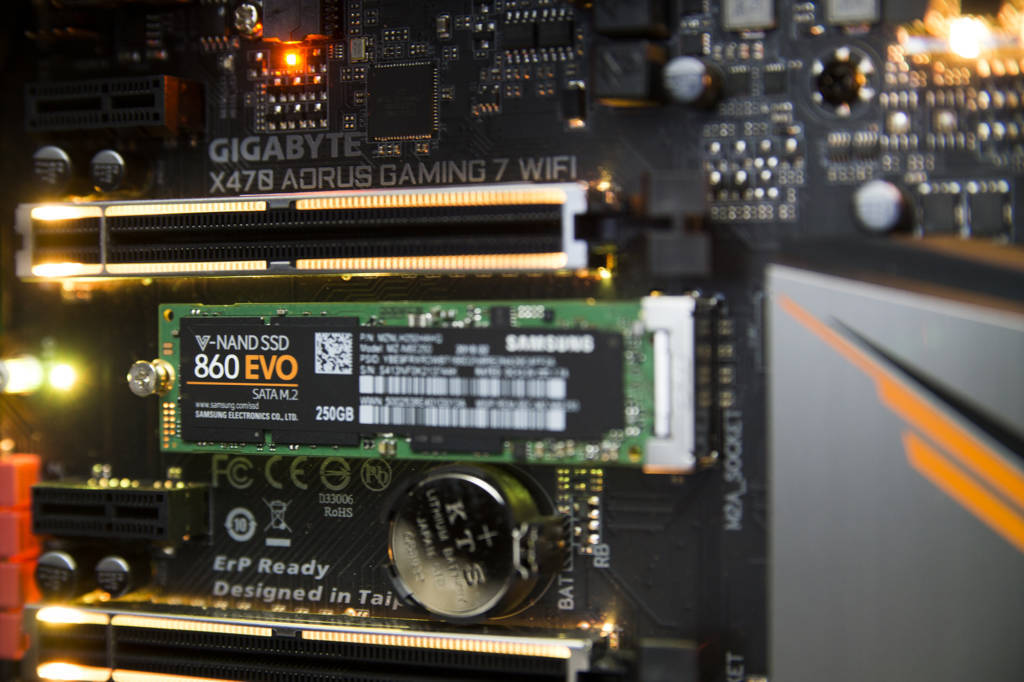
To try and achieve the best of both worlds, while not emptying your pocketbook in the process, many companies have released hybrid storage solutions over the past number of years. These solutions combined, either through hardware or software, SSD caches with traditional hard drives to create rapid, high-capacity storage arrays. All the capacity of a hard drive, with some of the benefits of a solid state drive.
First up was mechanical hard drives with SSD cache built in, also known as SSHDs. These drives would load files requested by the OS into a 4-8GB SSD, a process completely invisible to the user, but were limited to how much data they could hold in cache.
Numerous software attempts have been made as well. Apple with Fusion Drives, and more recently, Intel with Optane. Both technologies promised to improve the speed of large mechanical drives.
Both had great success at actually speeding up reads and writes to mass storage drives. Both also had a requirement that specific equipment to be used to take advantage of them. For Apple, Fusion Drives were only an option at the time of checkout when buying a Mac. There was no way for a user to create their own drive using their own hardware at a later time. With Intel, it requires the use of an Optane nVME module.
Back to AMD’s StoreMI approach. First off, there is no hardware lock-in, other than a compatible chipset. You are able to use any storage drive you have to create a StoreMI volume. At the time of writing, the requirements are simply an AMD 400-series chipset, an SSD (SATA or nVME) of up to 256GB, a mechanical hard drive, and Windows 10. If using an SSD larger than 256GB, any capacity over that size will be visible to the user as a virtual SSD and not used as part of the StoreMI volume.
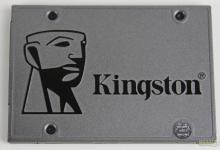
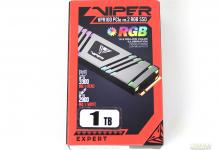


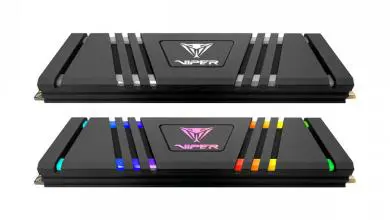
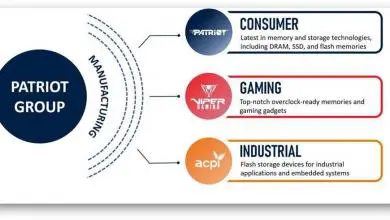
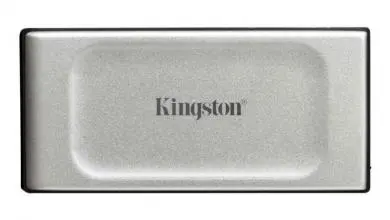
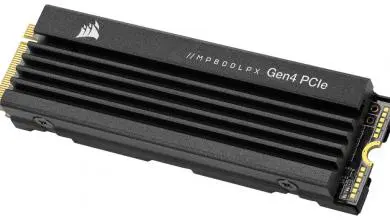

A very useful article, thanks.
Quick question.
I have an X470 set up with Windows installed on a 500Gb M.2, but I also have a 256Gb SSD (which I would use as a non bootable choice for StoreMI) and numerous HDDs to choose from.
I can’t find the answer to a couple of questions I have, namely, would it be best to set this up with newly formatted drives and manually move my apps and games across that I think would benefit?
Does StoreMI learn and then move most frequently used programs? Or am I not understanding correctly?
Many thanks